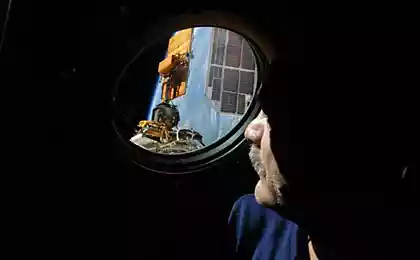1210
Pets past
Another year goes down in history, joining his fellow multi-million dollar series. Everything flows, everything changes ... plants, animals ... But there is among us a piece of incredibly distant past, which allow to touch the history of the Earth.
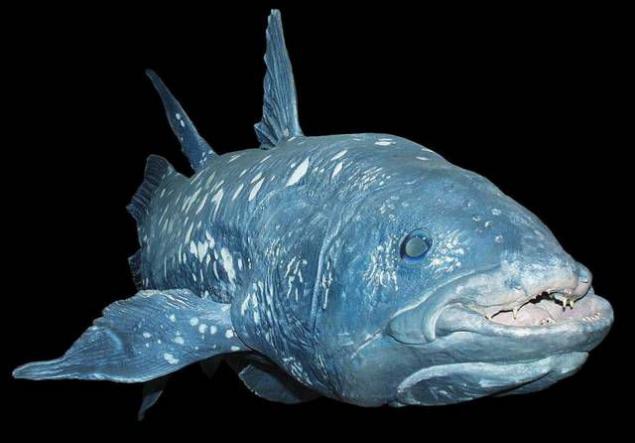
Coelacanth.
It was believed that this fossil animal Crossopterygii fish died about a hundred million years ago. But it was first discovered in the catch of fishermen in South Africa in 1938 and then in 1997 on the island of Sulawesi. Moreover, it turned out that these are two different species which, according to genetic research, split 30-40 million years ago. In both species, there trilocular tail fin characteristic of the fish that lived millions of years ago. And their powerful fins move diagonally, as the limbs of four-legged land animals. Hard scales of these fish is protected from predators. Being nocturnal fishes, coelacanths spend the day in the underwater caves at depths of 95 to 100 meters, and at nightfall they get out of their hiding places and begin to look for food. These fish do not spawn, and give birth to up to 26 fully developed young. It is believed that their pregnancy lasts about a year.
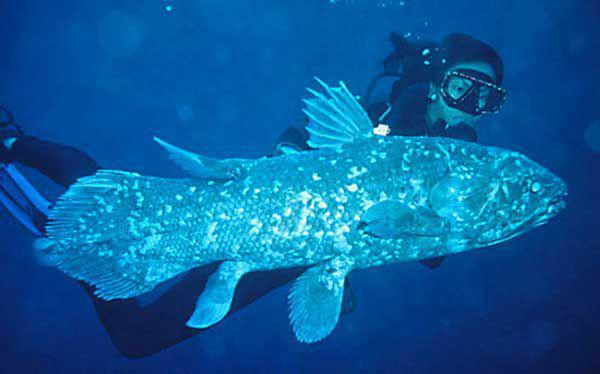
Ginkgo biloba.
In the wild, this plant grows only in the east of China. However, 200 million years ago, it was spread across the globe, especially in the northern hemisphere, in areas with a temperate climate and high humidity. In Siberia, the Jurassic and Early Cretaceous plants Ginkgoales class was so much that their remains are found in most of the deposits of the periods. According to the researchers believe, the fall of the time the ground was literally covered with ginkgo leaves, like a carpet.

Kanchil.
Small chevrotain or kanchil - is the smallest and the most ancient form of cloven-hoofed animals on Earth. His height at the withers no more than 25 centimeters, and a maximum weight of approximately 2, 5 kg. These animals lived another 50 million years ago, when only began to form groups of ancient ungulates. Since then kanchil hardly changed more than any other species resembles its ancestors.
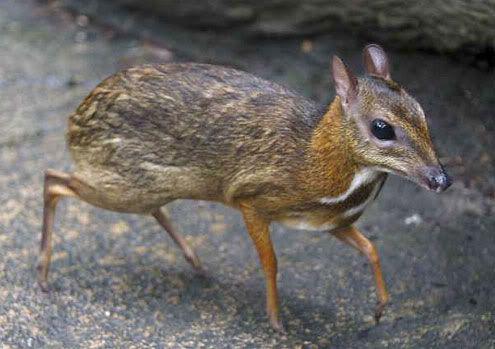
Szczytno.
Szczytno - small freshwater crustaceans are the most ancient creatures living on the earth today. The representatives of this type have not changed since the Triassic period. At that time there were still only the dinosaurs. Today these animals are found on almost every continent, except Antarctica. But, despite the high prevalence of Szczytno in the world, they remain poorly understood animals.

Metasequoia gliptostroboidnaya.
These conifers are widely distributed throughout the Northern Hemisphere with chalk on the Neogene. Today, however, in the wild Metasequoia can be seen only in the central part of China, in the provinces of Hubei and Sichuan. When the researchers conducted a genetic study of ancient remains metasequoia age of about 50-55 million years and modern look, it appeared that the differences between them are very small.

Alligator gar.
In the Mesozoic her ancestors inhabited the many ponds. Today alligator gar lives in the valley downstream of North America. It is similar to an alligator and length 2, 5-3 meter weighs less than 90 kg. It is not difficult to guess that alligator gar - predatory fish. Usually eats fish, but their sharp needle-shaped teeth can bite through even a young alligator. The hunting habits are very similar to a crocodile - billfish hiding in the undergrowth vegetation and then quickly attack their prey out of hiding.
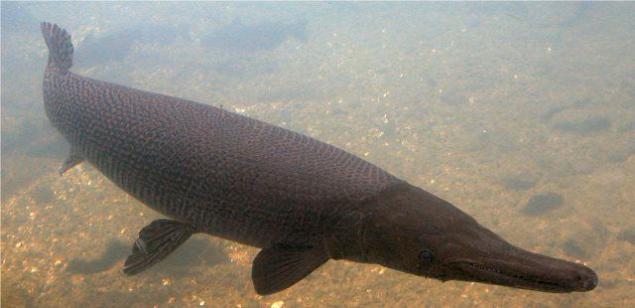
Shark goblin.
Shark goblin these days lives in the Atlantic and Indian Oceans. She retained some primitive traits of their ancient cousins, and today is a living fossil. And the age of its fossil relatives of 37-49 million years. So far, able to see only 45 copies. They live at great depths. Most often, they were met at the depth of 270 meters and 960 meters. However, several of these sharks was seen at a depth of 1300 meters. That is why scientists know little about this predator.
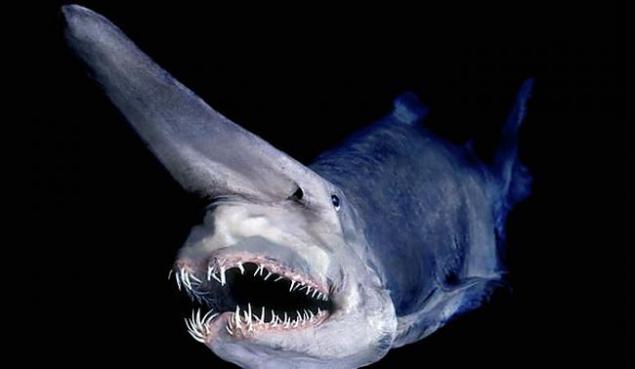
Source: earth-chronicles.ru

Coelacanth.
It was believed that this fossil animal Crossopterygii fish died about a hundred million years ago. But it was first discovered in the catch of fishermen in South Africa in 1938 and then in 1997 on the island of Sulawesi. Moreover, it turned out that these are two different species which, according to genetic research, split 30-40 million years ago. In both species, there trilocular tail fin characteristic of the fish that lived millions of years ago. And their powerful fins move diagonally, as the limbs of four-legged land animals. Hard scales of these fish is protected from predators. Being nocturnal fishes, coelacanths spend the day in the underwater caves at depths of 95 to 100 meters, and at nightfall they get out of their hiding places and begin to look for food. These fish do not spawn, and give birth to up to 26 fully developed young. It is believed that their pregnancy lasts about a year.

Ginkgo biloba.
In the wild, this plant grows only in the east of China. However, 200 million years ago, it was spread across the globe, especially in the northern hemisphere, in areas with a temperate climate and high humidity. In Siberia, the Jurassic and Early Cretaceous plants Ginkgoales class was so much that their remains are found in most of the deposits of the periods. According to the researchers believe, the fall of the time the ground was literally covered with ginkgo leaves, like a carpet.

Kanchil.
Small chevrotain or kanchil - is the smallest and the most ancient form of cloven-hoofed animals on Earth. His height at the withers no more than 25 centimeters, and a maximum weight of approximately 2, 5 kg. These animals lived another 50 million years ago, when only began to form groups of ancient ungulates. Since then kanchil hardly changed more than any other species resembles its ancestors.

Szczytno.
Szczytno - small freshwater crustaceans are the most ancient creatures living on the earth today. The representatives of this type have not changed since the Triassic period. At that time there were still only the dinosaurs. Today these animals are found on almost every continent, except Antarctica. But, despite the high prevalence of Szczytno in the world, they remain poorly understood animals.

Metasequoia gliptostroboidnaya.
These conifers are widely distributed throughout the Northern Hemisphere with chalk on the Neogene. Today, however, in the wild Metasequoia can be seen only in the central part of China, in the provinces of Hubei and Sichuan. When the researchers conducted a genetic study of ancient remains metasequoia age of about 50-55 million years and modern look, it appeared that the differences between them are very small.

Alligator gar.
In the Mesozoic her ancestors inhabited the many ponds. Today alligator gar lives in the valley downstream of North America. It is similar to an alligator and length 2, 5-3 meter weighs less than 90 kg. It is not difficult to guess that alligator gar - predatory fish. Usually eats fish, but their sharp needle-shaped teeth can bite through even a young alligator. The hunting habits are very similar to a crocodile - billfish hiding in the undergrowth vegetation and then quickly attack their prey out of hiding.

Shark goblin.
Shark goblin these days lives in the Atlantic and Indian Oceans. She retained some primitive traits of their ancient cousins, and today is a living fossil. And the age of its fossil relatives of 37-49 million years. So far, able to see only 45 copies. They live at great depths. Most often, they were met at the depth of 270 meters and 960 meters. However, several of these sharks was seen at a depth of 1300 meters. That is why scientists know little about this predator.

Source: earth-chronicles.ru










